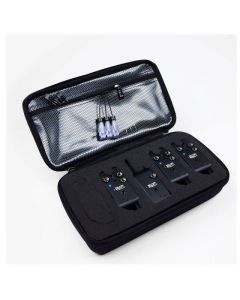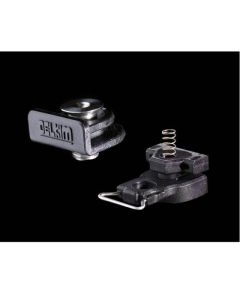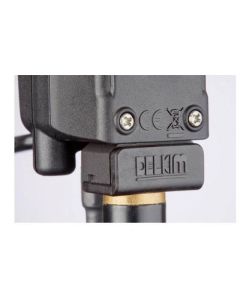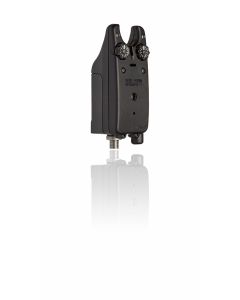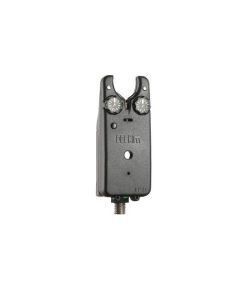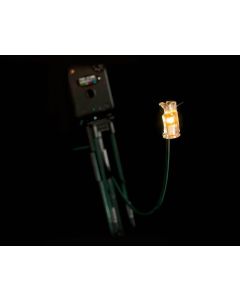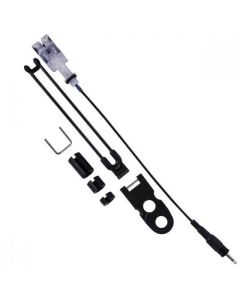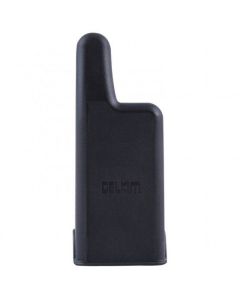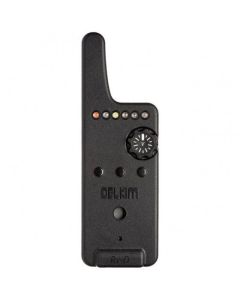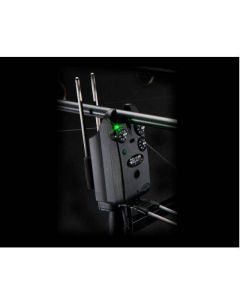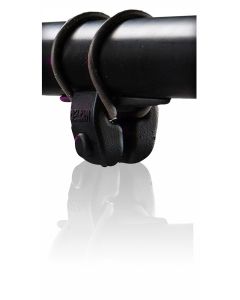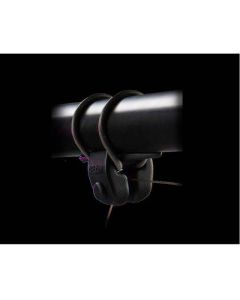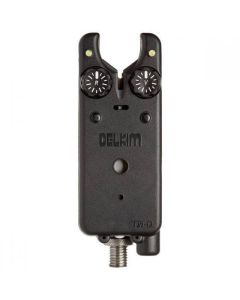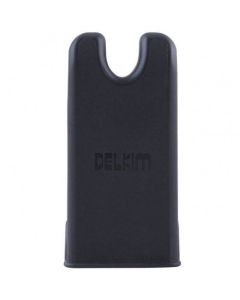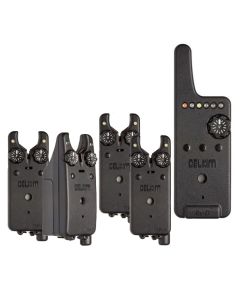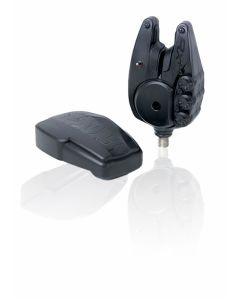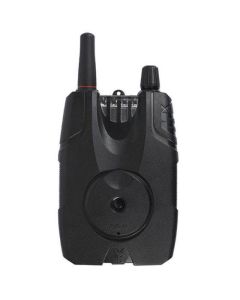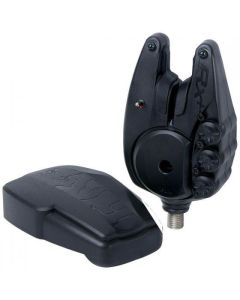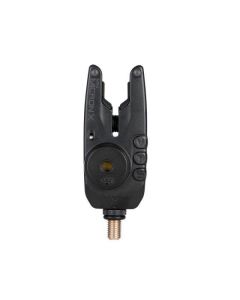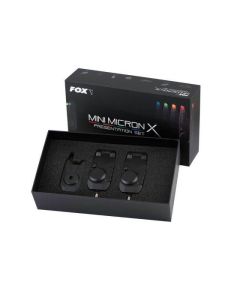Top-rated Carp Bite Alarms and Receivers for Optimal Fishing Performance
Electronic bite alarms have revolutionized modern fishing, providing anglers with crucial audible and visual indications of a take. By detecting line movement and alerting the angler, these alarms enhance efficiency and enjoyment during fishing sessions, ensuring no bite goes unnoticed.
Key Features and Advantages of Electronic Bite Alarms
Advanced Line Movement Detection: Electronic bite alarms measure line movement through various methods, such as roller wheels linked to magnets or vibrating strings. These advanced detection methods provide accurate and reliable alerts when fish are near your rig.
Customizable Alarms and LEDs: Many bite alarms come equipped with customizable sounds and LED lights, allowing anglers to tailor alerts to their preferences. Choose from a range of colours and sounds to suit your fishing style and conditions.
Adjustable Volume Control: Adjustable volume settings allow anglers to control the loudness of alarms to avoid disturbing others, especially during nighttime fishing. This feature ensures a personalized and considerate fishing experience.
We offer high-quality electronic bite alarms from reputable brands such as Fox Tackle and Delkim. These brands are known for their innovative designs, durability, and advanced features.
When choosing and using electronic bite alarms, consider the following tips:
- Look for adjustable settings: Choose an alarm with customizable volume, tone, and LED colour settings.
- Consider battery life: Look for alarms with efficient battery usage and reliable power sources.
Integration with Other Fishing Equipment
Electronic bite alarms seamlessly integrate with other fishing equipment such as carp rods and reels. This integration enhances your overall angling strategy and helps create a holistic fishing experience.
FAQ Section
How do electronic bite alarms work? Electronic bite alarms detect line movement through various methods, such as roller wheels or vibrating strings, and trigger audible and visual alerts.
What features should I look for in an electronic bite alarm? Look for adjustable volume, customizable LED and sound options, efficient battery life, and seamless integration with other fishing equipment.
How can I integrate my bite alarm with other fishing gear? Electronic bite alarms can be paired with carp rods and reels, providing a cohesive and efficient setup for your fishing sessions.

